Zhiqin Wang
Wireless-Powered Mobile Crowdsensing Enhanced by UAV-Mounted RIS: Joint Transmission, Compression, and Trajectory Design
Jul 31, 2024



Abstract:Mobile crowdsensing (MCS) enables data collection from massive devices to achieve a wide sensing range. Wireless power transfer (WPT) is a promising paradigm for prolonging the operation time of MCS systems by sustainably transferring power to distributed devices. However, the efficiency of WPT significantly deteriorates when the channel conditions are poor. Unmanned aerial vehicles (UAVs) and reconfigurable intelligent surfaces (RISs) can serve as active or passive relays to enhance the efficiency of WPT in unfavourable propagation environments. Therefore, to explore the potential of jointly deploying UAVs and RISs to enhance transmission efficiency, we propose a novel transmission framework for the WPT-assisted MCS systems, which is enhanced by a UAV-mounted RIS. Subsequently, under different compression schemes, two optimization problems are formulated to maximize the weighted sum of the data uploaded by the user equipments (UEs) by jointly designing the WPT and uploading time, the beamforming matrics, the CPU cycles, and the UAV trajectory. A block coordinate descent (BCD) algorithm based on the closed-form beamforming designs and the successive convex approximation (SCA) algorithm is proposed to solve the formulated problems. Furthermore, to highlight the insight of the gains brought by the compression schemes, we analyze the energy efficiencies of compression schemes and confirm that the gains gradually reduce with the increasing power used for compression. Simulation results demonstrate that the amount of collected data can be effectively increased in wireless-powered MCS systems.
Rethinking the Performance of ISAC System: From Efficiency and Utility Perspectives
Aug 18, 2022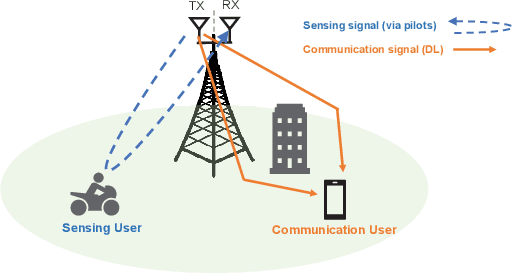

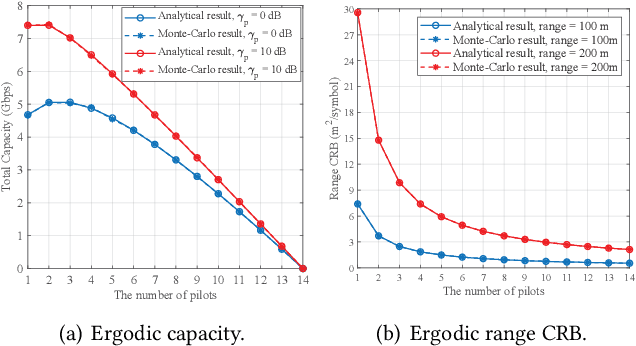
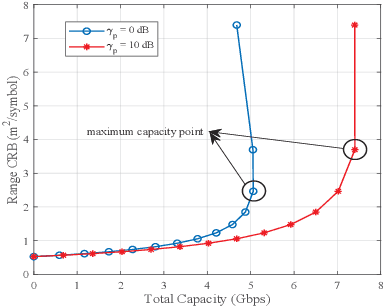
Abstract:Integrated sensing and communications (ISAC) is an essential technology for the 6G communication system, which enables the conventional wireless communication network capable of sensing targets around. The shared use of pilots is a promising strategy to achieve ISAC. It brings a trade-off between communication and sensing, which is still unclear under the imperfect channel estimation condition. To provide some insights, the trade-off between ergodic capacity with imperfect channel estimation and ergodic Cramer-Rao bound (CRB) of range sensing is investigated. Firstly, the closedform expressions of ergodic capacity and ergodic range CRB are derived, which are associated with the number of pilots. Secondly, two novel metrics named efficiency and utility are firstly proposed to evaluate the joint performance of capacity and range sensing error. Specifically, efficiency is used to evaluate the achievable capacity per unit of the sensing error, and utility is designed to evaluate the utilization degree of ISAC. Moreover, an algorithm of pilot length optimization is designed to achieve the best efficiency. Finally, simulation results are given to verify the accuracy of analytical results, and provide some insights on designing the slot structure.
AI Enlightens Wireless Communication: A Transformer Backbone for CSI Feedback
Jun 16, 2022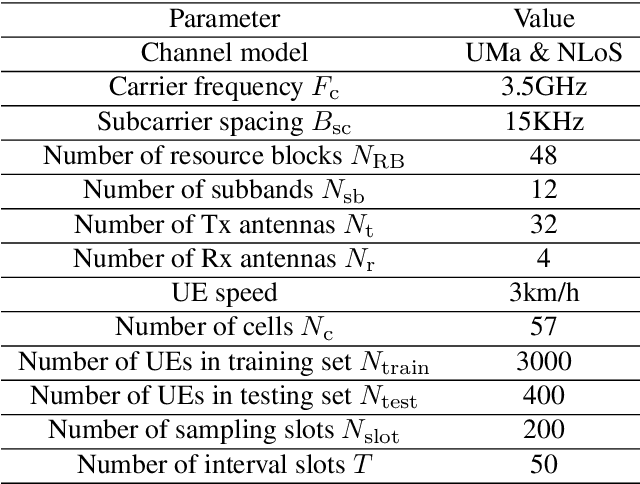
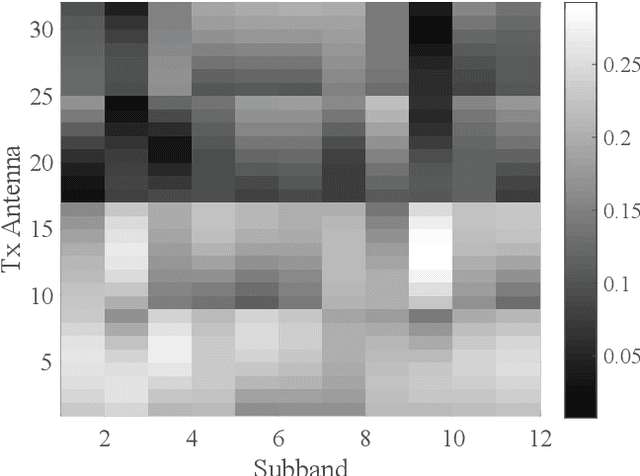
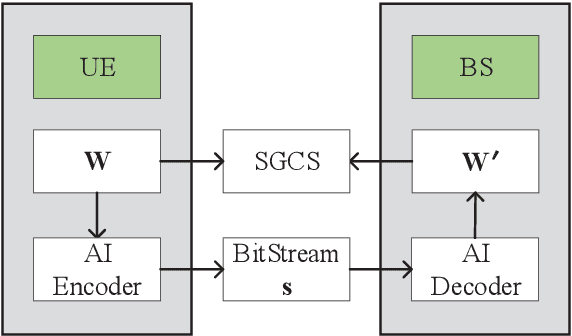

Abstract:This paper is based on the background of the 2nd Wireless Communication Artificial Intelligence (AI) Competition (WAIC) which is hosted by IMT-2020(5G) Promotion Group 5G+AIWork Group, where the framework of the eigenvector-based channel state information (CSI) feedback problem is firstly provided. Then a basic Transformer backbone for CSI feedback referred to EVCsiNet-T is proposed. Moreover, a series of potential enhancements for deep learning based (DL-based) CSI feedback including i) data augmentation, ii) loss function design, iii) training strategy, and iv) model ensemble are introduced. The experimental results involving the comparison between EVCsiNet-T and traditional codebook methods over different channels are further provided, which show the advanced performance and a promising prospect of Transformer on DL-based CSI feedback problem.
Sensing as A Service in 6G Perceptive Networks: A Unified Framework for ISAC Resource Allocation
Feb 22, 2022


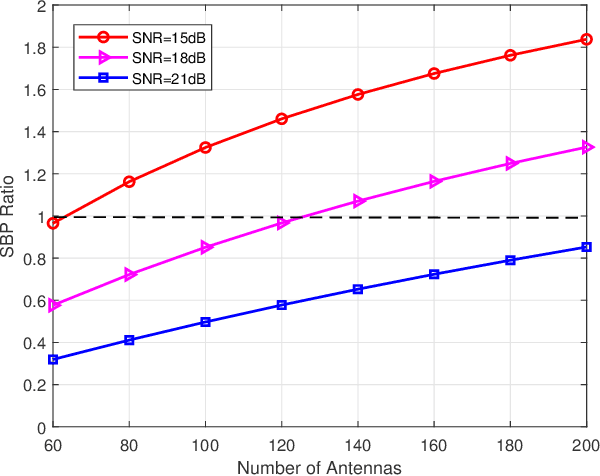
Abstract:In the upcoming next-generation (5G-Advanced and 6G) wireless networks, sensing as a service will play a more important role than ever before. Recently, the concept of perceptive network is proposed as a paradigm shift that provides sensing and communication (S&C) services simultaneously. This type of technology is typically referred to as Integrated Sensing and Communications (ISAC). In this paper, we propose the concept of sensing quality of service (QoS) in terms of diverse applications. Specifically, the probability of detection, the Cramer-Rao bound (CRB) for parameter estimation and the posterior CRB for moving target indication are employed to measure the sensing QoS for detection, localization, and tracking, respectively. Then, we establish a unified framework for ISAC resource allocation, where the fairness and the comprehensiveness optimization criteria are considered for the aforementioned sensing services. The proposed schemes can flexibly allocate the limited power and bandwidth resources according to both S&C QoSs. Finally, we study the performance trade-off between S&C services in different resource allocation schemes by numerical simulations.
Multiple Residual Dense Networks for Reconfigurable Intelligent Surfaces Cascaded Channel Estimation
Dec 09, 2021



Abstract:Reconfigurable intelligent surface (RIS) constitutes an essential and promising paradigm that relies programmable wireless environment and provides capability for space-intensive communications, due to the use of low-cost massive reflecting elements over the entire surfaces of man-made structures. However, accurate channel estimation is a fundamental technical prerequisite to achieve the huge performance gains from RIS. By leveraging the low rank structure of RIS channels, three practical residual neural networks, named convolutional blind denoising network, convolutional denoising generative adversarial networks and multiple residual dense network, are proposed to obtain accurate channel state information, which can reflect the impact of different methods on the estimation performance. Simulation results reveal the evolution direction of these three methods and reveal their superior performance compared with existing benchmark schemes.
AI Enlightens Wireless Communication: Analyses, Solutions and Opportunities on CSI Feedback
Jun 15, 2021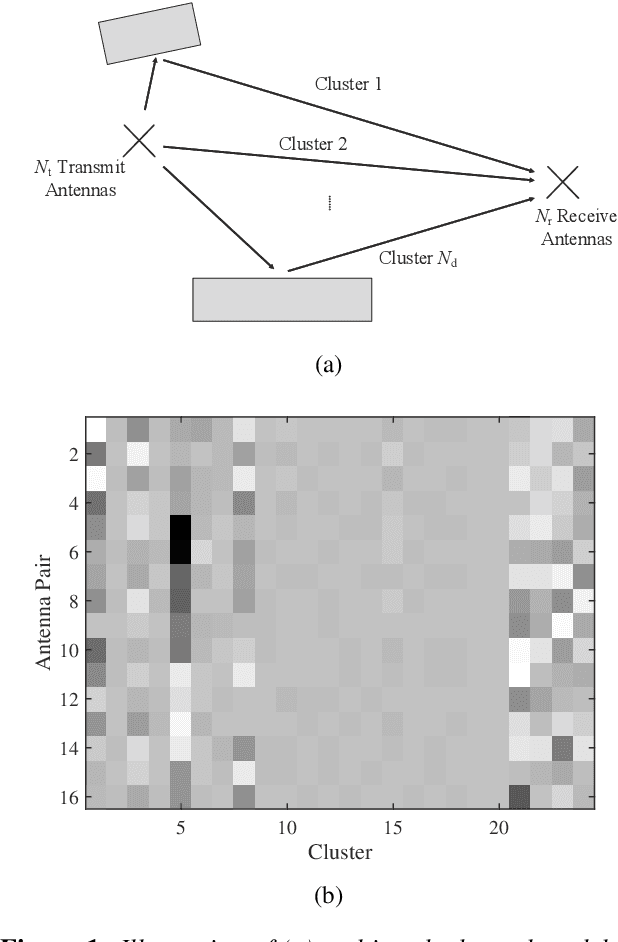
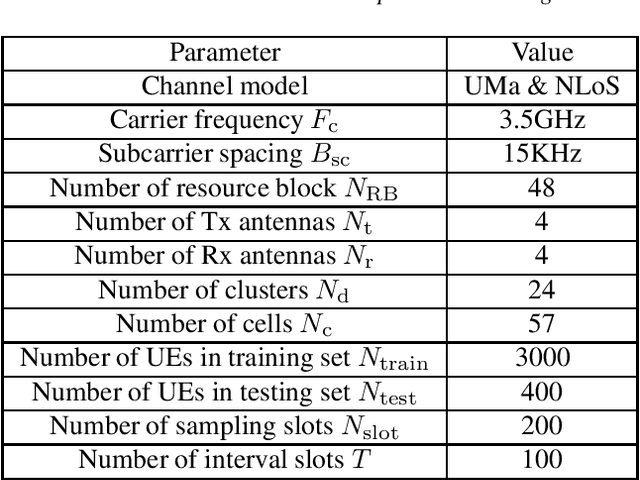
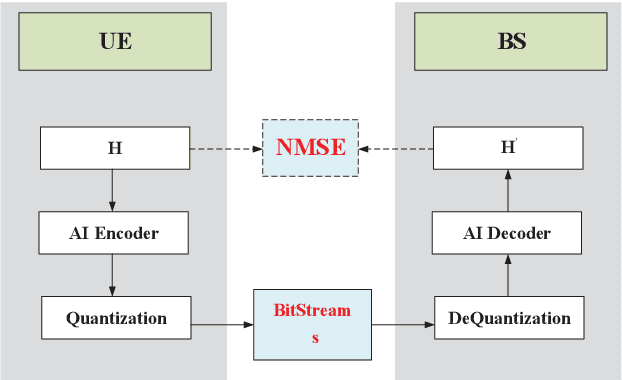
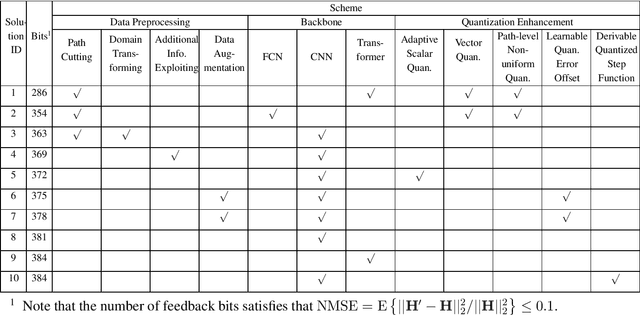
Abstract:In this paper, we give a systematic description of the 1st Wireless Communication Artificial Intelligence (AI) Competition (WAIC) which is hosted by IMT-2020(5G) Promotion Group 5G+AI Work Group. Firstly, the framework of full channel state information (F-CSI) feedback problem and its corresponding channel dataset are provided. Then the enhancing schemes for DL-based F-CSI feedback including i) channel data analysis and preprocessing, ii) neural network design and iii) quantization enhancement are elaborated. The final competition results composed of different enhancing schemes are presented. Based on the valuable experience of 1st WAIC, we also list some challenges and potential study areas for the design of AI-based wireless communication systems.
 Add to Chrome
Add to Chrome Add to Firefox
Add to Firefox Add to Edge
Add to Edge